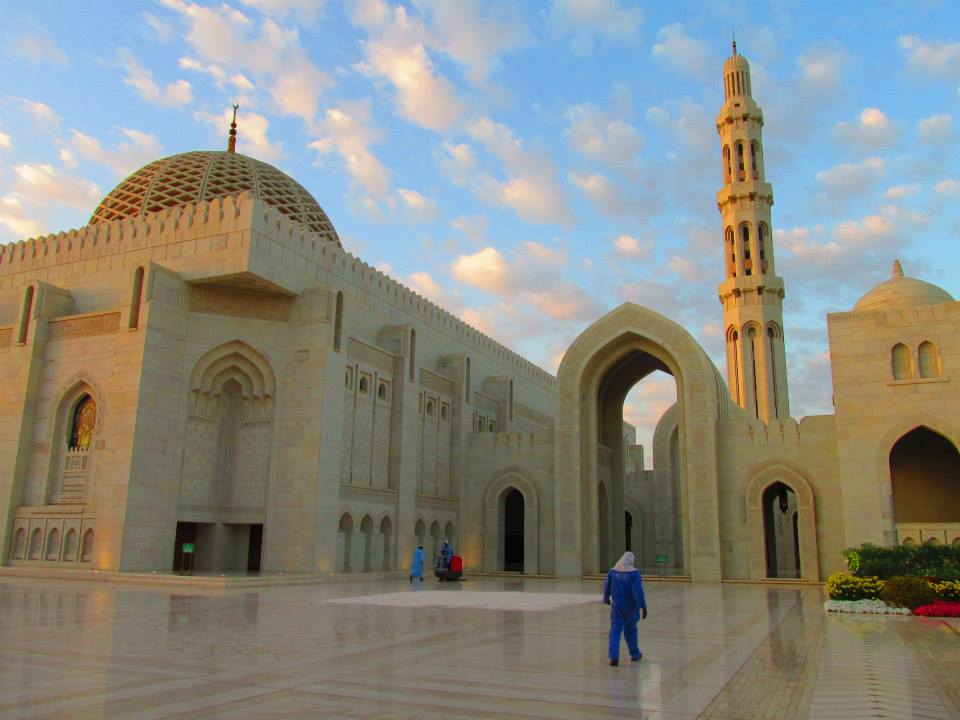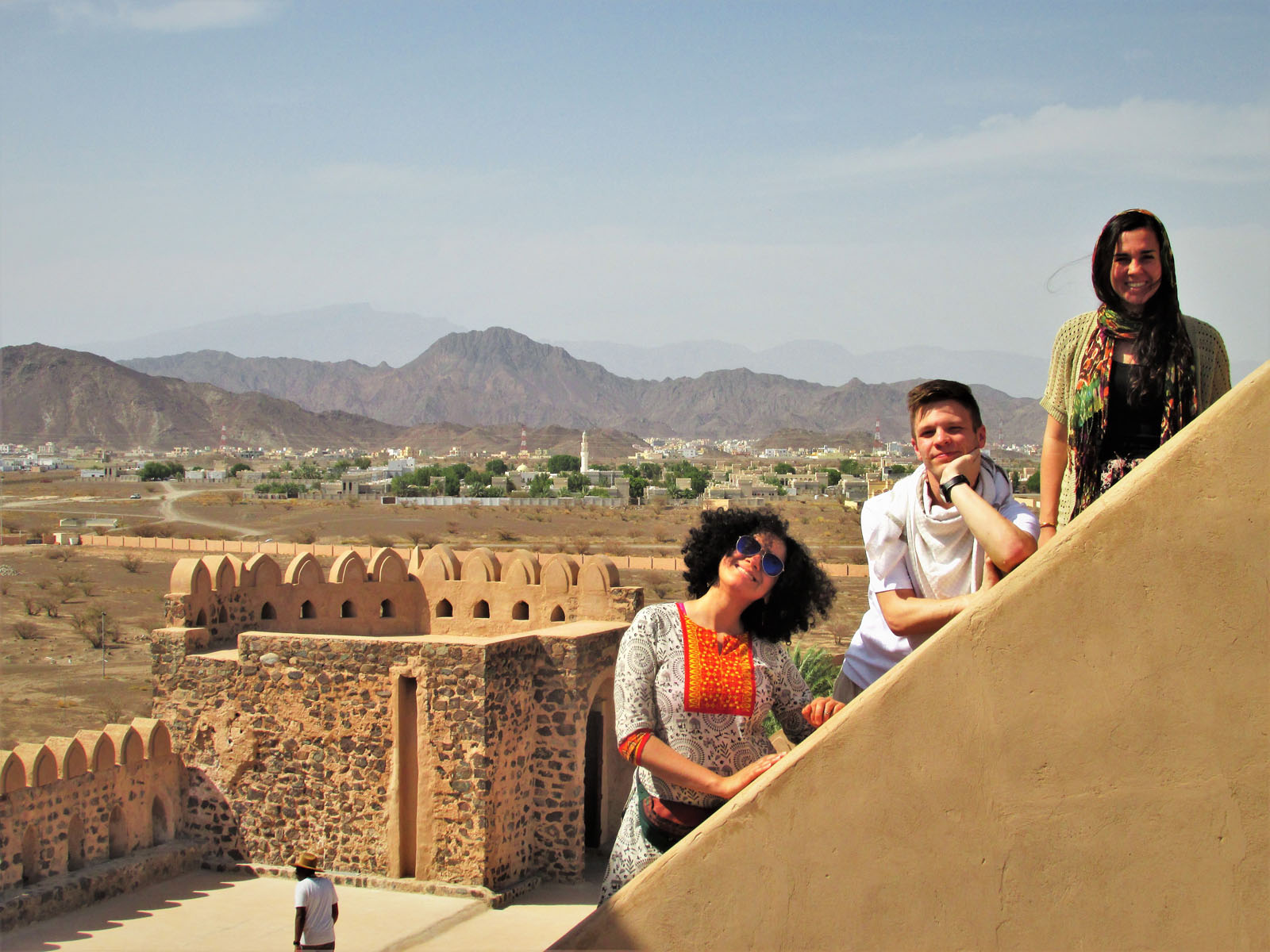Sultanate of Oman
Nestled in the picturesque southeast corner of the Arabian Peninsula, Oman is renowned for its remarkable diversity. A land where the colorful strands of history, traditions, languages, and landscapes are carefully woven into a vibrant tapestry rich in culture. The country is recognized by the World Economic Forum in 2017 as the 4th safest country in the world. Before 1970 the Sultanate was among the least developed countries in the Arab world, with an average life expectancy of 49 years. Thanks to the leadership and wisdom of His Majesty Sultan Qaboos Bin Said, the country experienced a period of rapid modernization and used its oil wealth to lift the nation out of poverty. Today, Oman has a highly-developed highway system, hundreds of schools, colleges, and universities, hundreds of modern hospitals, and a growing and innovative private sector. This period of modernization was met with reverence for the traditions of the Sultanate, leading to the preservation of the rich Omani heritage and harmonization between tradition and modernity. VIDEO: "#Oman: Where Language and Culture Meet" VIDEO: What is it like to study Arabic in Oman?
Arabic in Oman
Arabic is a diglossic language, meaning the language is divided between two varieties for formal/international and informal/regional contexts. Modern Standard Arabic (MSA) is typically used in the media and academia, while local dialects of Arabic dominate day-to-day life. Many dialects proliferate throughout the Arabic-speaking world, posing a unique challenge to students who desire to master the language. However, the dialect widely spoken throughout the Sultanate is considered as the closest among Arabic dialects to MSA. This unique nature of Omani Arabic allows students to freely use a combination of MSA and dialect during their studies in Oman. Noor Majan develops and strengthens students’ understanding of various registers of Arabic by exposing them to several accents in the media skills component, with a focus on Omani Arabic. What is it like to study Arabic in Oman?
Omani People
A Humble People Humility, kindness, and generosity resemble the core values which run through the veins of the people of Oman. These values derive from Oman’s deep tradition of multiculturalism and cosmopolitanism arising from the Sultanate’s seafaring empire, which spanned from the coasts of Pakistan and Iran to Zanzibar in East Africa. Regional trade and exposure to different beliefs, cultures, traditions, and languages built a culture of profound reverence of human relationships. This idea of mutual respect and tolerance for others is the foundation of Omani society today. Omanis are known for their hospitality. An invitation to a home is more than a polite gesture; it is an opportunity to become part of the family. Upon entering an Omani home, the visitor is given a cup of coffee, dates, fruits, and frankincense; resembling the humble gifts to the honored guest. Thus, generosity portrayed through the act of hospitality is an inseparable characteristic of the Omani people. A Diverse and Tolerant People Centuries of regional trade set the stage for Oman to emerge as a united people with a pluralistic heritage and identity. Omanis can trace their diverse heritage and languages to modern day Baluchistan and Sindh in Pakistan, Zanzibar and Dar Es-Salaam in Tanzania, the coastlines of Iran, and the western cities of Yemen. This diversity of heritage and culture led to a deep tradition of tolerance for different religious beliefs, which is seen in all mosques where Sunnis, Shia, and Ibadhis pray united in their faith. Uniting these diverse identities is a strong sense of national pride founded on the very idea of respect for diversity. Omanis are a proud people, a diverse people, and it is in the Sultanate that we believe students can experience the diversity of the Arab world.
Places
Geographic Diversity The Sultanate of Oman is defined by its incredible geographical diversity. With an area comparable to New Mexico or Poland and a population of 4.5 million, Oman boasts a unique blend of pristine coastline, rugged mountains, lush oases, seasonal rainforests, colorful deserts, and modern cities. It's no surprise that Oman was featured on the New York Times’s 52 Places to Visit in 2023 and ranked in the top ten of Lonely Planet’s Best in Travel 2022. Prepare to be captivated by Oman’s unparalleled natural wonders and vibrant urban landscapes. Fortresses Oman’s diverse landscape proudly showcases over 500 historic fortresses and towers, bearing witness to the nation’s illustrious past. These formidable structures served as guardians of trade routes, thwarted Persian and Portuguese invasions, and safeguarded Oman's ruling families. Crafted from mud brick, stucco, and stone, these forts have withstood the test of time. Perched on hills, nestled among colossal boulders, or nestled beneath majestic mountains, each fortress holds a unique story. Among them, Bahla Fort stands tall as Oman’s largest fort, earning its designation as a UNESCO World Heritage Site. Explore these mighty fortresses and unlock Oman’s rich historical legacy. Rugged and Untouched Landscapes Oman’s awe-inspiring landscapes stand as its most recognized feature. The majestic Hajar Mountain range, thrust into the sky by ancient tectonic forces, shaped the Sultanate’s distinct scenery. From the renowned deserts of the Empty Quarter and Sharqiyah Sands to the rugged valleys of Wadi Bani Khalid and Wadi Shab, and the captivating coastal areas of Musandam and Ras Al-Jinz, each location reveals a unique beauty. Jabal Akhdar and Jabal Shams showcase breathtaking mountain vistas, while central Oman’s flat deserts yield abundant oil and gas reserves. To the west lies Dhofar, a region distinguished by bowl-shaped mountains that serve as a barrier between the sea and the Empty Quarter desert. During the summer months (late June to early September), Dhofar undergoes a remarkable transformation due to the Indian Ocean monsoon. Mist and rain veil Dhofar’s mountains, creating a lush seasonal rainforest that blankets the region in vibrant greenery. Below these verdant peaks lies Salalah, the country’s second-largest city. Salalah is home to one of the world's oldest frankincense markets and boasts semi-tropical plantations, adding to the region's allure.











